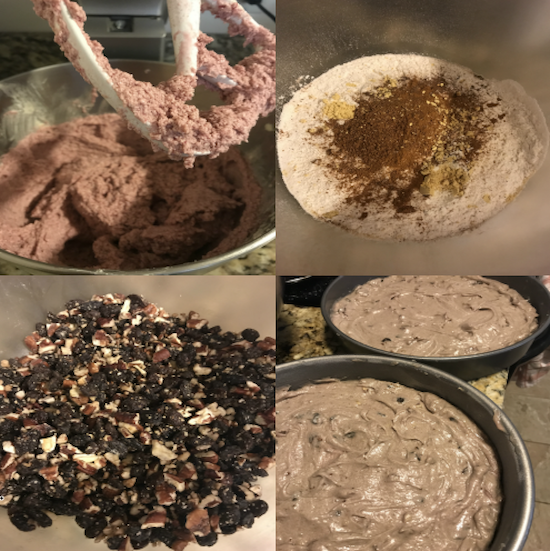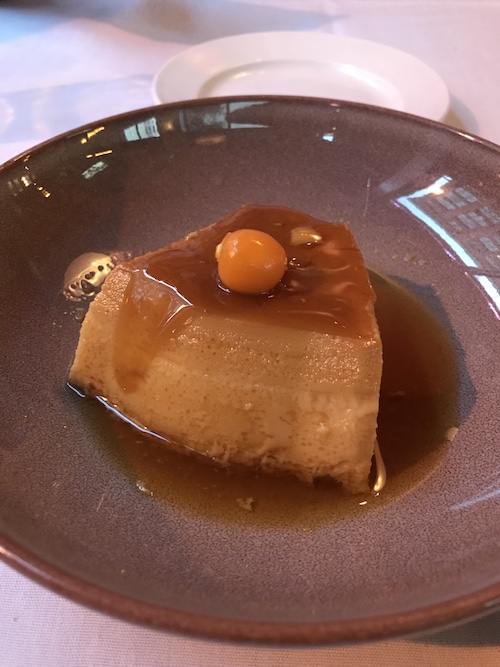Time Period: 1870-1899
Also known as "Bible Cake", this spiced fruitcake was popular in the late 1800s as a clever little way of teaching religion; bakers would look up certain Bible verses in order to identify the ingredients. For example:
"and they gave him a piece of a cake of figs and two clusters of raisins. And when he had eaten, his spirit revived, for he had not eaten bread or drunk water for three days and three nights." (1 Samuel 30:12)
"On the next day Moses went into the tent of the testimony, and behold, the staff of Aaron for the house of Levi had sprouted and put forth buds and produced blossoms, and it bore ripe almonds." (Numbers 17:8)
And indeed, this cake incorporates raisins, figs, and almonds. It was popular in community festivals and raffles, and wasn't tied down to any particular denomination of Christianity. Everyone could enjoy it.
Unfortunately, much like the Bible itself, the outside can be very beautiful, but what's in the middle can be ruinous. There are plenty of cakes in this book that have completely rehabilitated my view of what fruitcake can be, and this one looked and smelled wonderful as I was putting it together. Something was off about either my preparation or the recipe, however, and the end result was a liquidy, raw mess that I had to chuck in the trash. It was a terrible disappointment, and while some of the recipes in this book have already become standards of my baking arsenal, I'm never going to attempt this one again.
Read more »
Also known as "Bible Cake", this spiced fruitcake was popular in the late 1800s as a clever little way of teaching religion; bakers would look up certain Bible verses in order to identify the ingredients. For example:
"and they gave him a piece of a cake of figs and two clusters of raisins. And when he had eaten, his spirit revived, for he had not eaten bread or drunk water for three days and three nights." (1 Samuel 30:12)
"On the next day Moses went into the tent of the testimony, and behold, the staff of Aaron for the house of Levi had sprouted and put forth buds and produced blossoms, and it bore ripe almonds." (Numbers 17:8)
And indeed, this cake incorporates raisins, figs, and almonds. It was popular in community festivals and raffles, and wasn't tied down to any particular denomination of Christianity. Everyone could enjoy it.
Unfortunately, much like the Bible itself, the outside can be very beautiful, but what's in the middle can be ruinous. There are plenty of cakes in this book that have completely rehabilitated my view of what fruitcake can be, and this one looked and smelled wonderful as I was putting it together. Something was off about either my preparation or the recipe, however, and the end result was a liquidy, raw mess that I had to chuck in the trash. It was a terrible disappointment, and while some of the recipes in this book have already become standards of my baking arsenal, I'm never going to attempt this one again.































